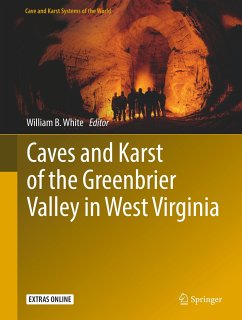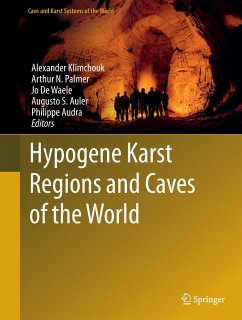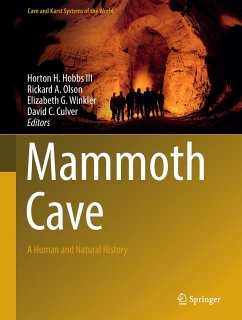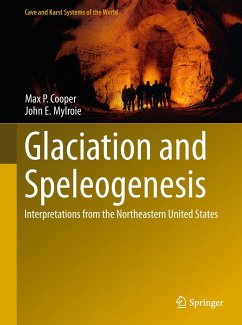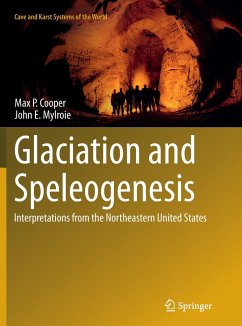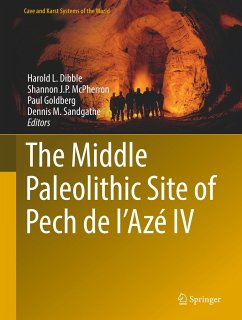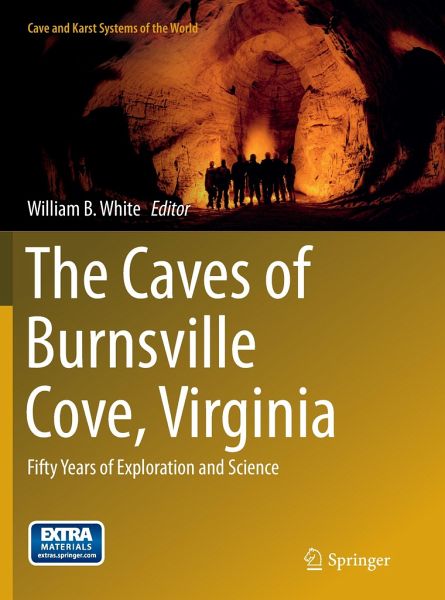
The Caves of Burnsville Cove, Virginia
Fifty Years of Exploration and Science
Herausgegeben: White, William B.
Versandkostenfrei!
Versandfertig in 6-10 Tagen
115,99 €
inkl. MwSt.

PAYBACK Punkte
58 °P sammeln!
This book highlights some of the most difficult and persistent exploration ever undertaken in the United States - in Burnsville Cove, a small limestone valley in west-central Virginia - while at the same time reviewing the scientific discoveries made in the area's 116 km of caves in the course of 50 years. Overall, the book offers a unique combination of exploration and science by a conservation organization specifically dedicated to the preservation and study of the caves.




